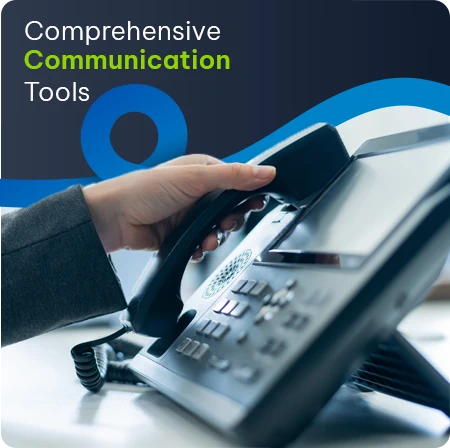Have you ever opened up an email only to delete it before you even register what it’s about? Well you’re not the only one. Email marketing has received a bad name in recent years due to the large number of spammy and thoughtless emails that flood the inboxes of many people. Luckily, with the use of some clever and well thought out strategies, email marketing doesn’t have to be met with an eye-roll from your customer base. Email marketing is still alive and well, and can be used strategically to ensure that your emails are well received, no matter what kind of business you would like to conduct.
First of all, how important is email marketing? While the tool has received some bad press, it still has a vital role to play within your marketing efforts. Why? Because people like to stay informed, educated and aware of what may be affecting them personally. Email marketing is also highly affordable, it doesn’t take a large chunk out of your budget to start up an email campaign even if it is unsuccessful. Basically people find it useful, and according to Hubspot, 86% of consumers would like to receive emails from companies they do business with. That being said, it was also reported that 78% of consumers have unsubscribed from an email newsletter because a business was sending too many. So, how do you as the marketer create the right balance throughout an email campaign so that people will want to respond to it?
Introductions are key
While the subject line of an email may seem like the least important part of an email, it’s the first thing a potential customer will see, so make it count. Limit the amount of words you use to less than 10 and make it about the customer and how it could potentially benefit or help them. No one wants to open their email up to find subject text that’s too long to appear in one line and doesn’t make any reference to them. If you’re contacting a blogger for example to ask for a sponsored post on their website, a simple line emphasizing how your brand is offering an opportunity to them will influence their decision to find out more.
Have a point
If a customer opens up your email they’ll want to know how it applies to them. Essentially your email has to have a point, and it must be clear within the first few lines. If it isn’t, chances are its receivers are going to delete the email before finishing it. A potential customer will respond if your email has a relevant point, and you get to it quickly. For example if you’re emailing people to promote a new product, the product firstly has to be applicable to the person you’re sending it to and it has to be clear in the email. Don’t send a mass email out about a new cleaning product for example, to 17 – 20 year old students who most likely don’t do any cleaning themselves. Take the time to do your research, so that you make your point to a relevant and interested audience and you get to the point within the first couple of lines in your mail.
Be easy to reach
An email that requires a direct response needs to include either a signature which details all your contacts including phone number, email address and social channels or you need to include this information within the email if you don’t want it to be a part of your signature. Customers aren’t going to respond to you if they are unclear of how to get hold of you. But, being easy to contact not only helps customers respond, it also relays the idea that you are happy to converse directly with them should they have any questions or concerns. This builds trust and a positive association to your brand.
Build relationships
Email marketing is the perfect tool to build strong relationships with existing and potential customers. This will ensure that even if your subject line isn’t optimal or your email isn’t as informative as it could be, they’d still be willing to open your mail because they know you. How do you build a relationship with customers? Aside from ensuring the points above, take the time to personalise your mails by tailoring them to the individual needs of each person. Most customers can spot a mass email from a mile away, and respond far better to an email that uses their first name, asks them how they are doing and doesn’t waste their time with long-winded explanations. So while keeping your emails to the point, ensure that the information within the email is specific to the person you’re writing to and you’ll start to build relationships with your contact base.
The Media Image recently published an article on writing the optimum email for distribution, highlighting how effective it can be to your entire content marketing strategy, so do make sure to have a look. Emails can still play a pivotal role within your marketing efforts, as long as its tailored to suit your customer base. And while these are just guidelines, if you use them to your advantage you will be on your way to ensuring people not only respond to your emails, but do so positively.











